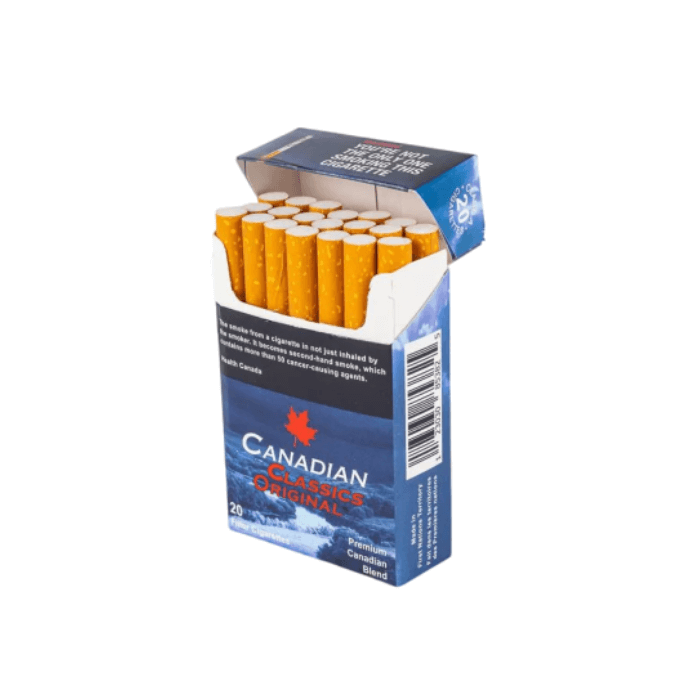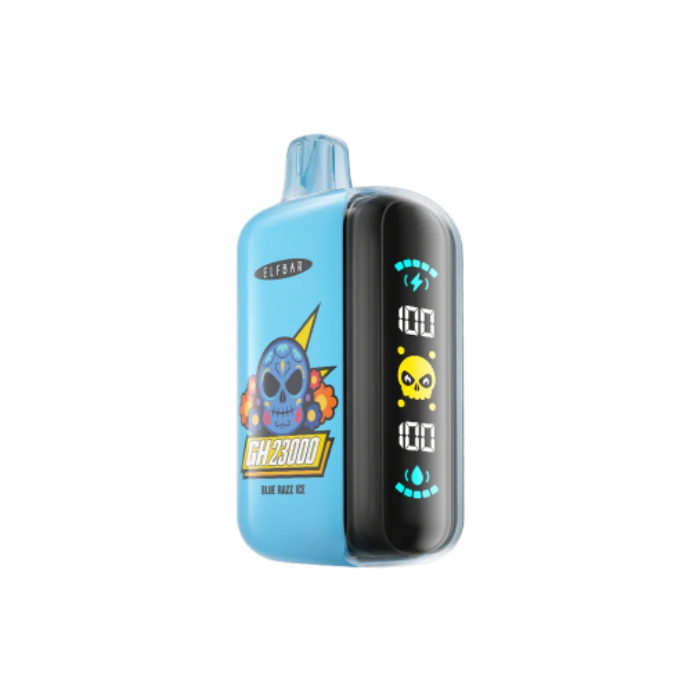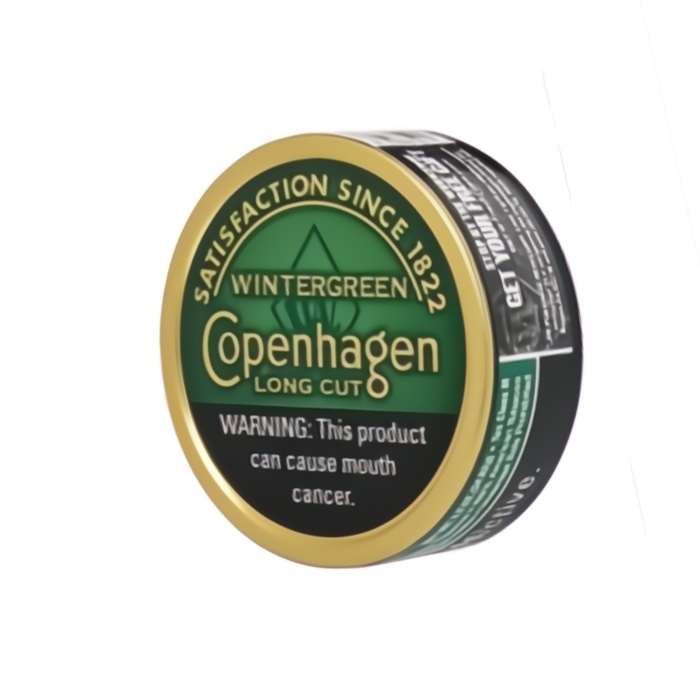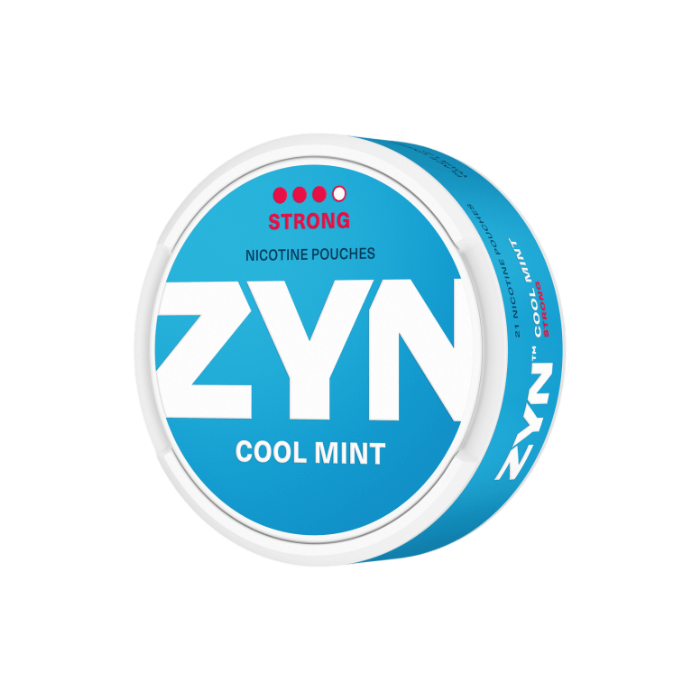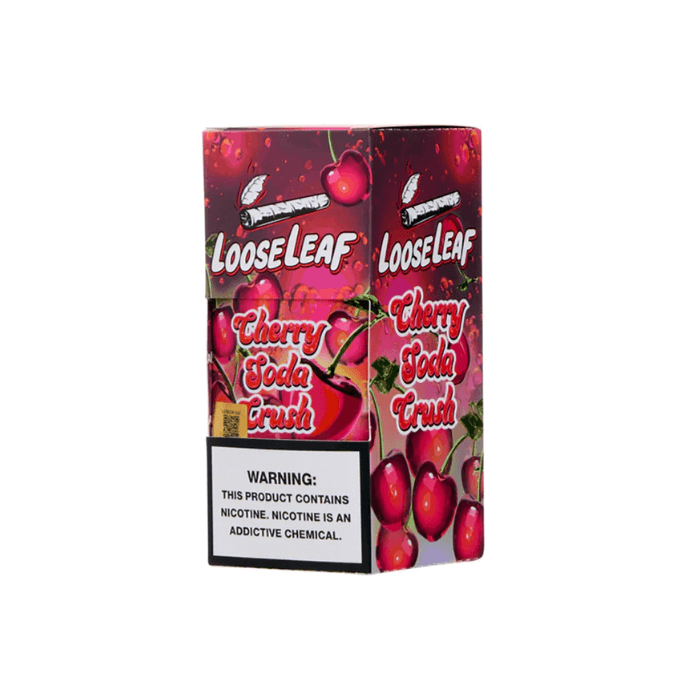Cigarettes, Guides
How to Make Cigarettes
Alright, let’s get one thing straight before we dive into this—you’re not about to become some secret underground tobacco baron. That’s not what this is. This is just a little guide to understanding how cigarettes are put together. Maybe you’re curious. Maybe you just want to impress your friends with your oddly specific knowledge at a party. Or maybe, just maybe, you’re out of smokes, and the corner store is closed, and desperation is making you do some questionable Google searches. No judgment.
Making cigarettes is a mix of art and science. There’s a bit of technique, a little patience, and a whole lot of realizing that mass-produced cigarettes exist for a reason. But if you’re still with me, let’s break it down from the leaves to the finished roll.
Preparing Your Tobacco
So, you have a desire to roll your own cigarettes like some old-school tobacco artisan. But before you start acting like you’re starring in a 1920s speakeasy drama, we need to talk about the heart of the operation—the tobacco itself. Because if you get this part wrong, every cigarette you roll will either taste like a burnt tire or refuse to burn properly at all.
Tobacco leaves, in their raw state, aren’t exactly what you’d call “smoke-ready.” They’ve got too much moisture, too little flavor, and a texture that makes them nearly impossible to roll. That’s why curing is a thing. Curing is what takes those plain, leafy things and turns them into something smooth, flavorful, and—most importantly—smokeable.
There are different ways to do this, each giving the tobacco a distinct taste and burn rate. Air curing takes weeks and results in mellow, slightly sweet tobacco. Flue curing speeds up the process by using controlled heat, making the tobacco smoother and more golden. Fire curing is for the bold—tobacco is dried over an open flame, giving it a robust, smoky kick. And then there’s sun curing, where the leaves just lay out under the sun, slow-drying like a vacationing retiree.
Once cured, the tobacco still isn’t quite ready to be inserted into a cigarette. It needs to be shredded into fine, rollable strands. Now, some folks go full DIY and use scissors or a sharp knife, but let’s be real—that’s a one-way ticket to uneven, hard-to-roll tobacco. A coffee grinder on the lowest setting? That’s the move. It’ll chop the tobacco into that perfect, almost fluffy texture. Just don’t overdo it, or you’ll end up with powder instead of strands, and nobody wants to smoke dust.
Choosing the Right Rolling Tobacco
Now, let’s talk about what you’re putting in your cigarette. Because not all tobacco is created equal, and if you’re serious about rolling your own cigarettes, you need to pick the right kind. Otherwise, your perfectly rolled cigarette is just going to burn weird, taste awful, or go out faster than a cheap birthday candle.
The standard go-to is Brightleaf tobacco—mild, slightly sweet, and commonly used in commercial cigarettes. It burns well and plays nice with rolling papers. Burley tobacco, on the other hand, is a little stronger, with a drier finish. It doesn’t have as much natural sugar, so it burns slower and hits a little harder. Then there’s Oriental tobacco, which is more aromatic, a bit spicier, and often used in premium blends.
If you’re feeling adventurous, you can even mix different types to create your own custom blend. Some people like to throw in a bit of herbs—mint, vanilla, even a sprinkle of dried tea leaves—to enhance the taste. Just keep in mind that too much of anything can mess with the burn and make the cigarette impossible to light properly.
Moisture content is another big deal. Too dry, and your cigarette will burn too fast, leaving you wondering why you just wasted all that effort for three puffs of disappointment. Too moist, and it won’t burn properly at all. The sweet spot is slightly moist tobacco—springy, but not wet. If your tobacco feels like it’s been sitting out in the desert for a week, a quick fix is to toss in a slightly moist paper towel in a sealed container for a few hours. That’ll bring it back to life without turning it into a soggy mess.
Preparing the Tobacco Leaves
Now that you’ve got the right tobacco, it’s time to prepare it for rolling. This step is where you can either set yourself up for a smooth experience—or a frustrating, hand-cramping disaster.
First, lay your shredded tobacco out on a flat surface. This isn’t just about looking organized; it helps you see if there are any overly large chunks that need to be broken down. You want consistency—pieces that are uniform in size so that the cigarette burns evenly from one end to the other.
At this point, some people like to add a little something extra to their tobacco. Maybe a hint of honey for smoothness, or a drop of essential oil for a subtle flavor boost. Just be careful—too much of anything can make the tobacco sticky and impossible to roll. A light touch goes a long way.
Now, let’s talk about filters. Store-bought cigarettes use processed filters made from cellulose acetate, but if you’re rolling your own cigarettes, you’ve got options. Some go filterless, claiming it gives them a purer taste. Others use homemade cardboard filters, which—let’s be honest—are just tiny rolled-up pieces of thick paper that slightly reduce harshness. If you want a more refined experience, you can buy premade filters designed for rolling. They help smooth out the smoke without making you feel like you’re inhaling through a stick of packing material.
Finally, it’s time to pack the tobacco for rolling. This is where patience comes in. If you just grab a clump and shove it in, you’re going to end up with an uneven burn. Instead, gently fluff and insert the tobacco into your rolling area, making sure it’s evenly distributed. A little shake or tap on a flat surface can help settle everything just right.
At this point, you’re probably realizing that rolling a cigarette is more of an art form than you expected. It takes a few tries to get the balance right—enough tobacco for a solid smoke, but not so much that it turns into a struggle to roll. But hey, that’s part of the process. Every great roller started with a few tries that went horribly wrong before they got it right. If the idea of making your own cigarettes is starting to sound like too much, you can always let us deliver some fresh smokes right to your doorstep.
Rolling Your Cigarette
Now comes the moment of truth. You’ve prepped your tobacco, picked the right rolling paper, and decided that today—today—you’re going to master the art of rolling one cigarette by hand. Or maybe you’re thinking, Forget this, I’ll use a rolling machine. Either way, it’s time to get that tobacco wrapped up and ready to smoke.
Whether you go manual or use a machine, the final step is crucial—packing the tobacco properly so the cig burns evenly. Give it a gentle tap on a hard surface or roll it between your fingers to settle the tobacco inside. Some smokers even use a small amount of tobacco to plug the open end and keep everything snug.
At this point, your homemade cig is ready to be lit. Take a second to admire your work. Maybe even give it a little spin between your fingers like a pro before taking that first puff. You’ve just done something that many smokers never even attempt—rolling your own cigarette from scratch. Feels good, doesn’t it?
Choosing the Right Rolling Paper
Rolling papers are not all the same. They come in different thicknesses, materials, and even flavors. The classic option is thin rice paper, which burns slow and doesn’t interfere much with the taste. Some people prefer hemp papers, which have a bit of a natural, earthy vibe. Then there are flavored papers, which—let’s be honest—are a hit-or-miss situation. Some add a nice touch, others make it feel like you’re smoking a scented candle.
Size matters, too. If you’re new to this, go for standard 1 ¼ size papers—they’re easier to handle than the ultra-thin options that seem to tear if you breathe too hard near them.
Rolling Techniques
Let’s start with the old-school method. Hand-rolling takes patience, a steady grip, and a willingness to fail spectacularly a few tries before getting it right. If you’re going manual, grab your paper and lay it out on a flat surface. Sprinkle a small amount of tobacco evenly along the crease. Too much, and you’ll struggle to seal it. Too little, and the cig will burn out faster than your motivation to roll another one.
Now, the rolling motion. This is where smokers either gain instant respect or completely fumble the process. Using your thumbs and index fingers, gently rock the tobacco back and forth, shaping it into a firm cylinder. It needs to be packed just right—not too loose, or it’ll burn unevenly, not too tight, or you won’t be able to draw any nicotine out of it. This part takes some trial and error, but once you get it, you’ll never forget the feel of a perfectly rolled cig.
Now for the tricky part—tucking the edge of the paper. This is where most first-timers mess up. Instead of trying to fold the paper all at once, start at one end and slowly tuck it in as you roll upward. This keeps the tobacco in place and prevents gaps in the roll. Once you’ve got the shape, give the edge a quick lick (or use pre-gummed paper if you’re not about that life) and press it down to seal.
Now, if you’re looking for more control or just don’t want to spend your time mastering the art of hand-rolling, a rolling machine is your best friend. These little devices take the guesswork out of rolling and ensure a perfect cig every time. Just load the tobacco, close the machine, insert the paper, and roll. It’s quick, consistent, and eliminates the risk of ending up with a lumpy disaster.
Adding Flavor to Your Rolled Cigarette
So, you’ve got the basics down. You’re rolling one cigarette like a seasoned pro, the tobacco is packed just right, and everything’s burning evenly. But something’s missing. Maybe you want a little extra kick—something to take your smoking experience up a notch. That’s where flavoring comes in.
See, when you buy pre-packaged cigarettes, they’ve already been infused with all sorts of chemicals and additives to tweak the taste. But when you’re rolling your own cigarettes, you’ve got full creative control. You get to decide exactly what goes into your smoke. And if you do it right, you can add just the right hint of flavor without ruining the tobacco itself.
The easiest way? Using flavored tobacco. But if you don’t have any, don’t worry—there are DIY methods too. A few drops of vanilla extract, a splash of whiskey, or even soaking your tobacco in a little honey water and letting it dry can give your smoke a unique twist. Just don’t overdo it. Too much moisture, and your cig won’t burn properly. You want just enough flavor to enhance the taste, not drown it.
Using Flavored Tobacco
If you’re not into the whole “playing scientist with your tobacco” thing, you can just buy flavored tobacco instead. These blends come pre-infused with all kinds of flavors—vanilla, cherry, menthol, even stuff like chocolate or coffee. They add depth to your smoke without you having to tinker with the mix yourself.
But here’s something to keep in mind: flavored tobacco can burn differently than regular tobacco. Some brands add extra moisture to keep the flavor strong, which means you might need to let it dry out a little before rolling. Otherwise, you’ll be sitting there wondering why your cigarette keeps going out every three puffs.
And if you’re a fan of menthol? You don’t have to buy menthol tobacco. A trick some smokers use is slipping a peppermint or eucalyptus leaf into their stash and letting it sit for a day or two. The tobacco will absorb the oils naturally, giving you that cool, minty hit without any added chemicals.
Using Grabba
Alright, let’s talk about Grabba. If you don’t know what that is, it’s a type of dark, cured tobacco leaf that’s stronger, richer, and packs a serious punch. Smokers who like their cigarettes with a little extra oomph often mix it with regular tobacco to boost the flavor and give the smoke a heavier feel.
But here’s the deal—Grabba isn’t for the faint of heart. This stuff is strong. If you’re used to regular store-bought cigarettes, adding too much Grabba can make your cig way harsher than expected. The trick is balance. A little goes a long way.
Some smokers prefer to toast their Grabba first, which helps bring out the natural oils and makes it easier to mix with standard rolling tobacco. Others just break it up and toss it in raw for a more intense experience. Either way, you’re looking at a bolder, more complex taste that you won’t get from regular cigarette blends.
Tips for a Perfect Smoke
Rolling with a Filter
Filters—do you use them, or do you go raw? Some smokers swear by filters, saying they smooth out the smoke and reduce harshness. Others think they kill the flavor and prefer the full experience. It all comes down to personal choice.
If you’re using a filter, you’ve got a few options. The store-bought ones are easy to roll with and give your cig a professional feel. But if you’re in a pinch, you can DIY a cardboard filter by rolling up a small strip of thick paper. It won’t filter out as much, but it does help with airflow and keeps loose tobacco from flying into your mouth mid-puff.
Rolling with a filter takes a little practice because it changes how the tobacco packs inside the paper. You have to make sure the tobacco is distributed evenly around it, or you’ll end up with a lopsided roll that doesn’t burn properly. If you’re using a rolling machine, the filter goes in first, so it gets sealed in as part of the process.
Troubleshooting Common Issues
Even with all the right moves, sometimes things go wrong. The cig won’t stay lit. The burn is uneven. The taste is off. Let’s fix that.
If your cigarette keeps going out, your tobacco might be too moist. Let it dry out for a bit before rolling. If it’s burning too fast, your tobacco is probably too dry—add a little moisture back in by storing it properly.
Uneven burn? That’s usually from poor rolling. Make sure the tobacco is packed consistently throughout the cig. And if one side is burning faster than the other, try twisting the cigarette between your fingers before you light it to even things out.
And if the taste is off? That’s usually either stale tobacco or something messing with your flavor balance. Store your stash properly, and if you’re adding extra flavors, go easy on the liquid additives. Too much, and your tobacco just won’t burn properly.
Frequently Asked Questions
How do you make homemade cigarettes at home?
Start with quality tobacco—fresh, slightly moist, and easy to roll. Lay your rolling paper on a flat surface, spread a small amount of tobacco, and roll it into shape using your index fingers and thumbs. If you’re using a rolling machine, just insert the tobacco, add the paper, and let the machine handle it. Seal the paper with a lick, tap the cigarette to pack the tobacco, and you’re ready to light up. It might take a few tries, but you’ll get the hang of it.
What is the best tobacco for DIY cigarettes?
Virginia blends are smooth and easy to smoke, while Grabba adds a strong, full-bodied kick. Organic tobacco skips unnecessary chemicals, giving you a purer taste. If using a rolling machine, go for finely cut tobacco to keep things running smoothly. The best choice depends on your preference—just make sure it’s fresh so your cigarette burns properly.
Summary
Now, if you’ve made it this far, you’re probably realizing that making cigarettes from scratch is a bit more work than expected. It’s doable, but let’s be real—it’s way easier to grab a fresh pack from a trusted source. And if you’re looking for quality cigarettes, cigars, nicotine pouches, or vapes, NativeSmokes4Less has got you covered. No hassle, no questionable DIY projects, just solid products at great prices. So unless you’re in it for the experience, save yourself the effort and stock up the right way.

